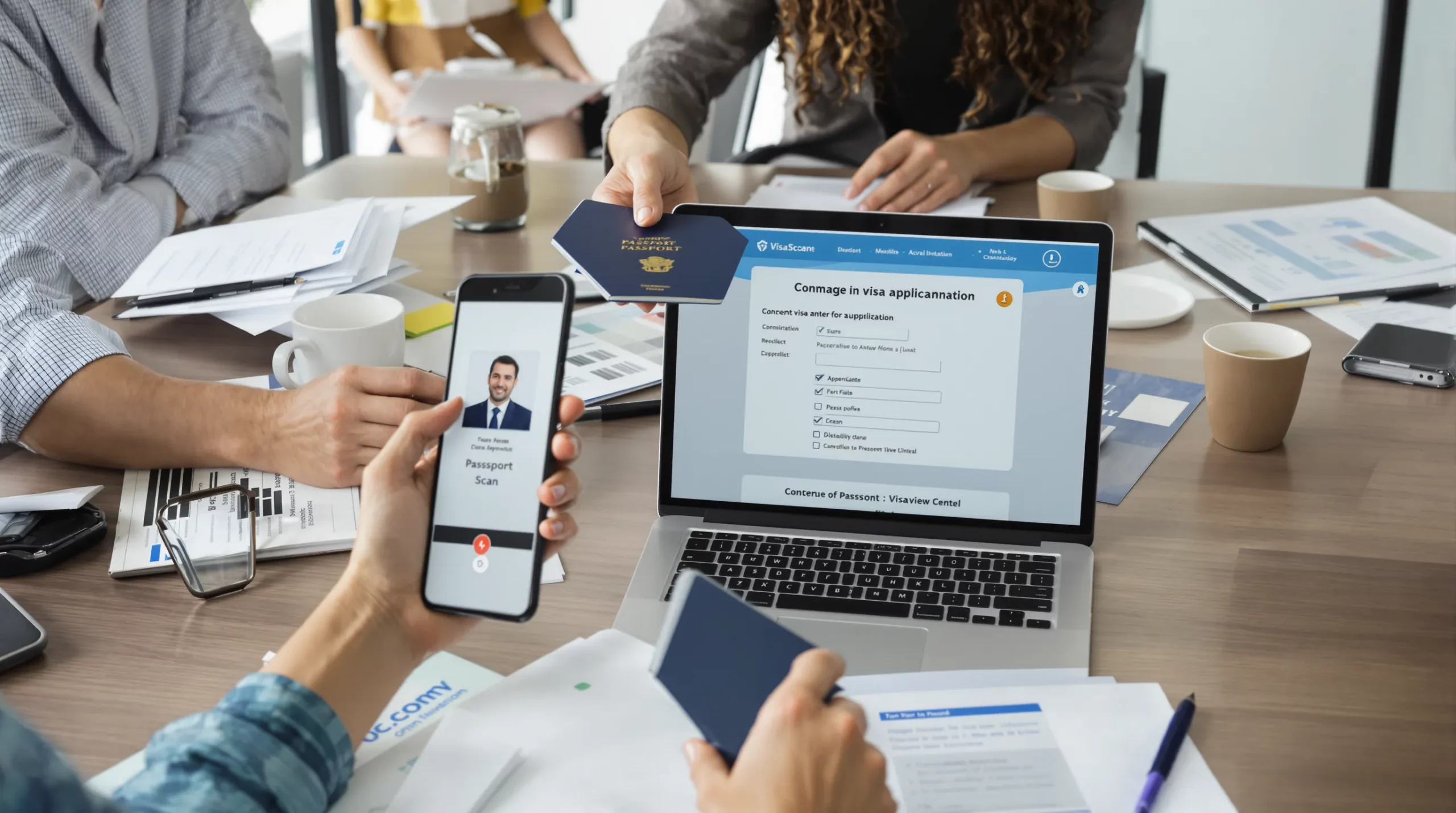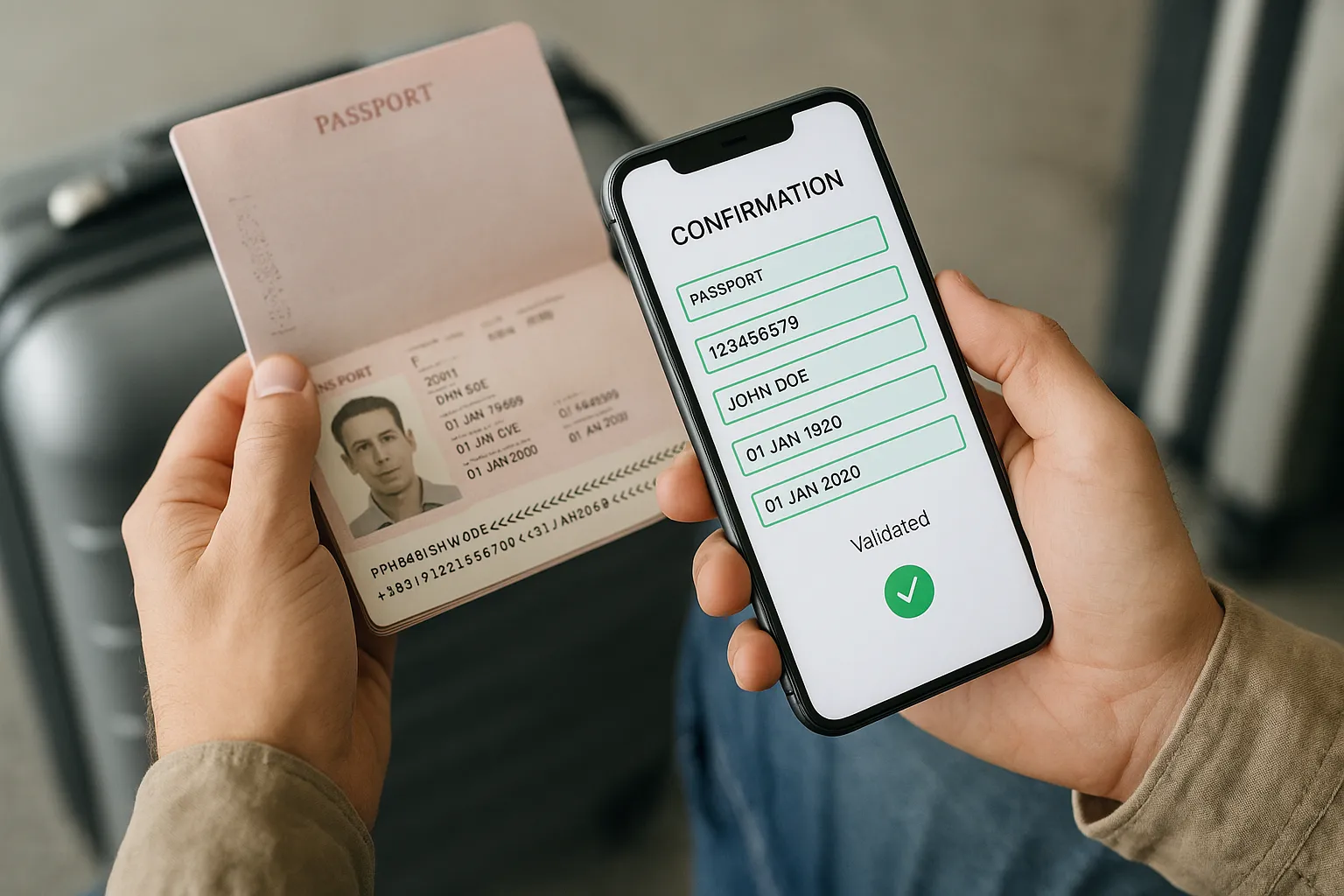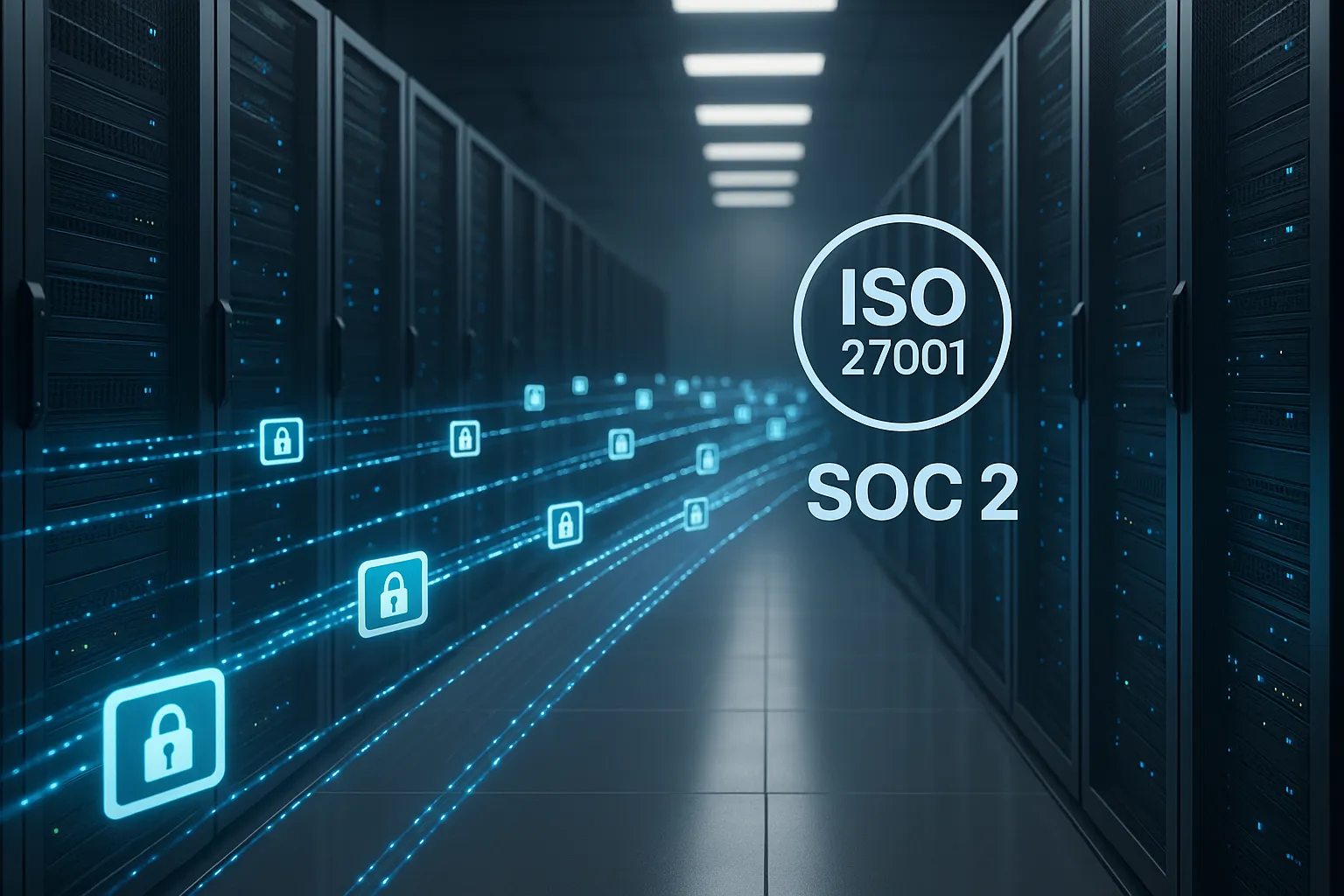Inside Look: SimpleVisa’s 99% Approval Rate Explained

Getting a visa approved on the first try can feel like a lottery for many travelers—and a headache for the travel brands that serve them. According to IATA’s 2024 Travel Barrier Report, data-entry mistakes and outdated requirements account for roughly 12 percent of all visa rejections worldwide. SimpleVisa’s average rejection rate last quarter was just 1 percent. How does a fast-growing SaaS company that processes thousands of applications a day keep approvals hovering at 99 percent? Let’s pull back the curtain.
Why Visa Applications Get Rejected in the First Place
Before diving into SimpleVisa’s approach, it helps to understand the most common pitfalls in digital visa processing:
| Primary rejection reason | Global share of rejections* |
|---|---|
| Incomplete or invalid documents | 46 % |
| Eligibility mismatch (wrong visa type or nationality rules) | 18 % |
| Data-entry errors (names, passport numbers, dates) | 15 % |
| Payment or fee issues | 11 % |
| Security or background concerns | 10 % |
*Source: 2024 IATA & ICAO Joint Statistics Bulletin
Traditional booking flows rarely surface these issues until a border officer does, damaging customer trust and forcing costly last-minute changes. SimpleVisa’s platform is engineered to intercept each risk point long before an application reaches government servers.
The Four Pillars Behind a 99 Percent Approval Rate
1. Dynamic Eligibility Engine
SimpleVisa maintains a constantly updated rule set covering more than 2,000 visa permutations. The engine checks a traveler’s nationality, trip purpose, and passport validity in milliseconds via the SimpleVisa API, eliminating mismatches that usually account for nearly one-fifth of refusals.
"Our rules database mirrors official immigration bulletins within hours, not days, thanks to automated web-scraping and manual validation," explains Emilie Laurent, Head of Policy at SimpleVisa.
Travel partners can surface pass-or-fail logic directly inside their booking path, reducing abandoned carts and call-center volume.
2. Smart Form Autofill and OCR Validation
Typos are the silent killers of visa applications. SimpleVisa’s browser and mobile SDKs pull key fields—name, date of birth, passport number—straight from the booking record. Travelers then scan their passport photo page; optical character recognition (OCR) compares the scan with typed data and flags inconsistencies before submission.

In internal A/B tests with an airline partner, enabling OCR reduced data-entry errors by 82 percent.
3. Multi-Layer Document Checks
Each uploaded document passes through three filters:
- Automated image quality scoring (blurry, cropped, glare detection)
- Metadata analysis to detect tampering or expired files
- Human verification by region-specific compliance agents for edge cases
If any layer fails, the applicant receives instant guidance on how to resubmit, rather than an opaque refusal days later.
4. Continuous Learning Loop
Every government response—approval or denial—feeds back into SimpleVisa’s machine-learning models. The system scores the root cause of denials and adjusts real-time prompts. Over 15 million historical data points inform the algorithm, driving what the product team calls "adaptive compliance tooling." The result: rejection drivers shrink a little more each week.
A Quick Comparison
| Feature | Typical Manual Workflow | SimpleVisa Platform |
|---|---|---|
| Requirement updates | Travel agent checks embassy site periodically | Automated daily sync with 180+ government portals |
| Data capture | Manual typing by traveler | API autofill + passport OCR |
| Error handling | Discovery after consular review (days) | Pre-submission validation (seconds) |
| Approval rate* | 80–88 % | 99 % |
| Integration effort | Custom dev work, weeks | No-code widget or REST API in <1 day |
*Industry range cited in UNWTO Visa Openness Report 2024
What a 99 Percent Approval Rate Means for Travel Brands
- Higher ancillary revenue: When customers trust your flow, they buy extras—seat upgrades, insurance, even expedited eVisa processing. SimpleVisa partners report a 7–12 percent lift in ancillary basket size.
- Fewer support tickets: A leading OTA cut visa-related refund requests by 68 percent after embedding SimpleVisa’s eligibility check.
- Stronger brand loyalty: Nothing ruins a trip (and a Net Promoter Score) like being denied boarding. Preventing that nightmare builds repeat business.
For a deeper dive on monetization opportunities, see our earlier article on streamlining travel with a visa solution.
Case Snapshot: RiverAir Airlines
RiverAir integrated SimpleVisa’s travel API into its booking engine in March 2024. Within three months:
- 94 % of international itineraries triggered an automated visa check.
- Boarding denials due to paperwork fell from 37 cases per quarter to 2.
- Net ancillary revenue grew by 11.4 percent, offsetting distribution costs by Q2.
"The 99 percent approval metric isn’t just a vanity stat—it takes friction out of our entire PNR lifecycle," says Maya Singh, VP Digital at RiverAir.
Security and Compliance: The Safeguard Layer
High approval rates are useless if they compromise data security. SimpleVisa maintains ISO 27001 certification, undergoes annual SOC 2 audits, and uses FIPS-140-2 compliant encryption for all personally identifiable information. For additional technical detail, read our guide on how secure the electronic visa system is.

Getting Started: Integration Paths
- No-code widget: Drop a one-line script into any checkout page.
- REST/GraphQL API: Merge visa checks with your existing passenger name record logic. Walk through the process in How eVisa APIs work.
- White-label portal: Offer a branded visa application hub without engineering resources.
Average time to first successful transaction is under 48 hours for most partners.
Frequently Asked Questions
Does a 99 percent approval rate guarantee my customers will never be rejected? It dramatically reduces risk but cannot override factors like criminal history or sudden policy changes. Edge cases still occur.
Which visa types are covered? Tourist, business, transit, and selected work or study eVisas where electronic issuance is available.
Can I use SimpleVisa only for eligibility checks and process the visa elsewhere? Yes. Many partners start with the eligibility API before turning on full processing.
How are updates to visa rules managed? Policy changes are captured by automated monitoring and verified by an in-house legal team; new rules typically go live within a few hours.
What happens if an application is rejected? Applicants receive a reason code and tailored remediation steps. Your support team can track everything in the partner dashboard.
Ready to Bring 99 Percent Approval to Your Booking Flow?
Millions of happy travelers never learn why their visa sailed through—they simply enjoy a frictionless trip. Behind the scenes, SimpleVisa’s platform does the heavy lifting so you can focus on selling travel, not decoding immigration PDFs.
Book a 20-minute demo and see how quickly you can turn visa complexity into revenue and customer delight.